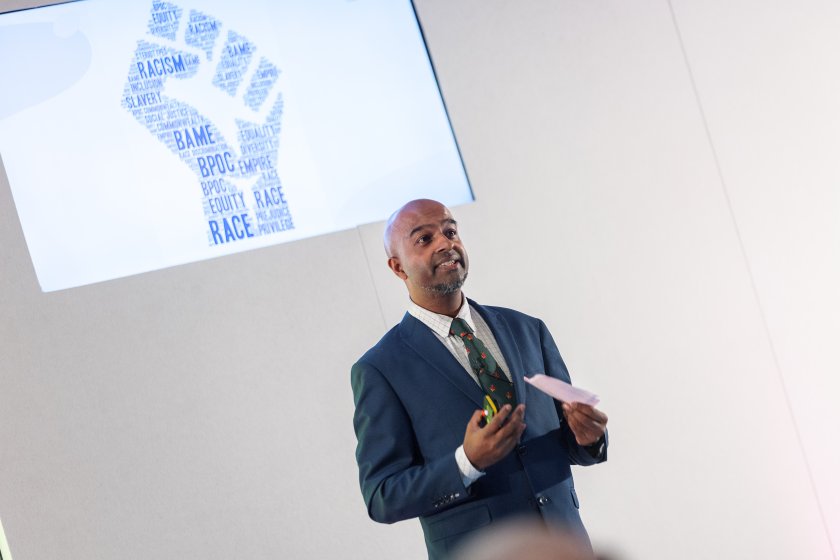
Fresh calls have been made to increase support for ethnic minorities working in the UK agriculture industry.
A new Nuffield Trust report says that "creating equity and inclusion is crucial" as the industry is the "least diverse in the UK".
It goes on to say the "belief that BPOC [Black or a Person of Colour] people do not want to work in agriculture is false."
The report is by Dr Navaratnam Partheeban, who is the co-founder of the British Veterinary Ethnicity and Diversity Society (BVEDS).
During his scholarship, Dr Partheeban travelled extensively throughout the UK before visiting the United States.
Visits included museums, speaking to farmers, ranchers, cowboys, growers, vets and educators as well as exploring other sectors such as baseball and the military.
“The agricultural sector is the least diverse sector in the UK, especially when it comes to people who identify as BPOC,” he explains in the report.
“We are not attracting a large population of the public and, wanting people to support us and join us, means we must represent them more.”
During his Nuffield study, Dr Partheeban aimed to understand the barriers and create solutions to encourage BPOC people to enter and thrive in the sector.
The report says: “Creating equity and inclusion is crucial. Equity means creating a more level playing field and inclusion is making people feel like they belong.
"Acknowledging and accepting the past, creating positive opportunities for marginalised people, platforming and promoting BPOC people, and creating support networks and systems to help BPOC people be an equal part of the sector is key to making any programme a success."
The report goes on to urge the sector to "start investing more time, money and effort into working for positive change.”
“By increasing the diversity of people in our sector and inspiring the next generation, we will help create ideas, innovation and talent plus making the sector more representative of the country we serve."
The full report is now available on the Nuffield Farming report library, and the summary video can be found on the Trust’s YouTube channel.
